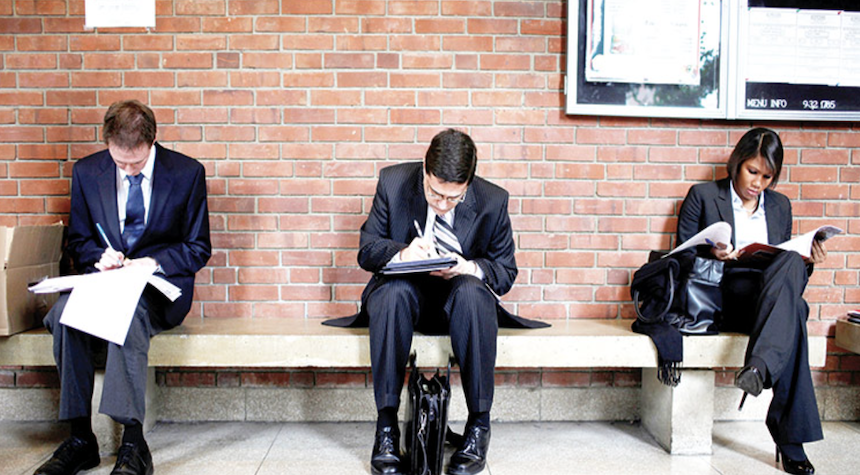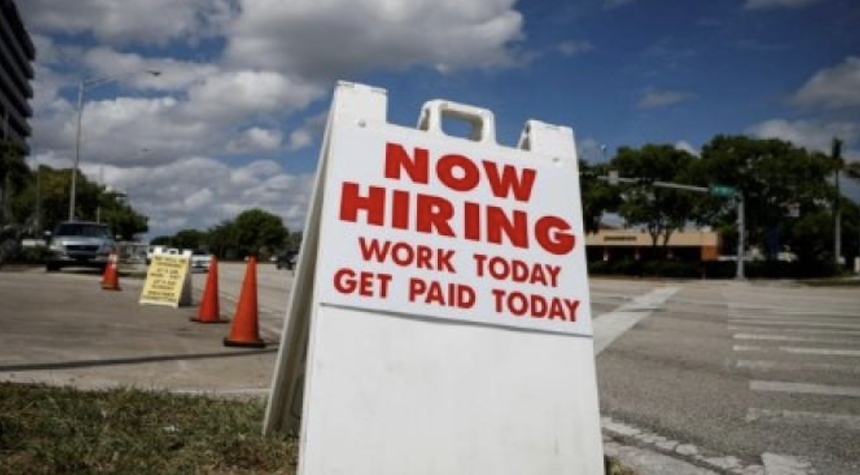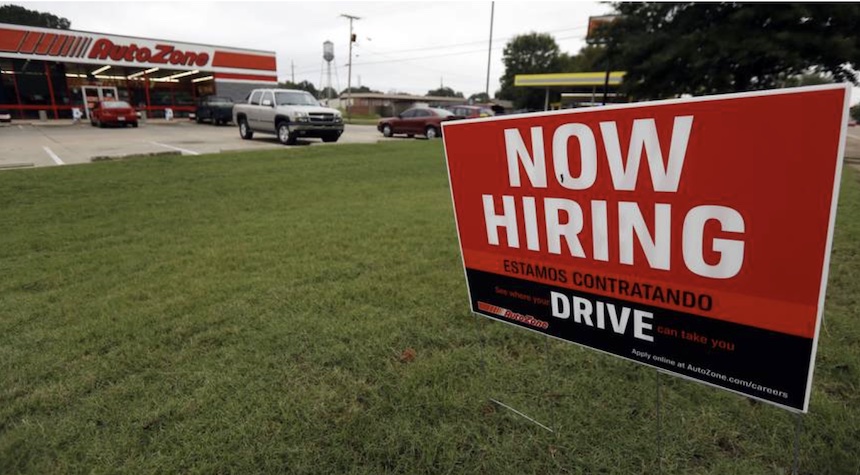The Labor Department’s job report for June showed that nonfarm payrolls continued to grow, but not as much as expected. This indicates a cooling of the job market following the struggle between inflation and rate hikes.
The June jobs report showed that nonfarm payrolls increased by 209,000, which was below the Dow Jones estimate (240,000). The unemployment rate in the United States dropped from 3.7 to 3.6 percent. The numbers for the previous month were also revised down, from 339,000 dollars to 306,000.
Wages grew 4.4 percent in June from a year earlier.
The slowest job growth month since December 2020 when 268,000 jobs were added.
Government employment accounted for nearly a third (or 60,000) of the job growth in this month. Leisure and hospitality saw the slowest growth, with only 21,000 new jobs.

Construction, social assistance, and health care also showed strong growth.
The leisure and hospitality sector, which was the most important driver of job growth over the last three years, only added 21,000 jobs in the month. The sector has shown only modest gains over the last three months.
Retail lost 11,000 jobs, while Transportation and Warehousing shed 7,000.
Some had hoped that the Labor Department’s report would show a higher number than expected after ADP, a payroll processing company, reported on Thursday that private sector employment grew by 497,000.

ADP’s numbers on Thursday caused the market to fall, as traders feared that the Federal Reserve would continue to raise rates after pausing them in June due to a hot labor market. The market’s futures for Friday were also down after the Labor Department released its report, indicating that traders are still worried about the Fed’s next move.
Most economists still agree that the job market remains strong, despite the fact that the numbers were lower than expected. This raises the possibility of the Fed continuing to raise rates.
Many economists predicted that Fed rate hikes would lead to a recession in mid-year and the hiring of new employees would be reduced.
According to the minutes of their meeting in June, which were released on Wednesday, neither inflation nor economic activity has slowed down as much as officials had expected. This led them to predict that more rate hikes would be coming. The report on Friday is the last chance for officials to look at broad labor statistics before their policy meeting next month.

But there are still warning signs for the economy.
Some areas of the labor market are cooling. In May, job openings decreased. Last week, initial applications for unemployment benefits – a proxy measure of layoffs – rose and are now up by about 20% since the beginning of the year. The average number of weekly hours worked has decreased this year. This was a trend that often preceded layoffs in the past.
The rate of labor force participation, or the percentage of Americans actively looking for work or working, is still well below the pre-pandemic level of 63.3% in February 2020. This is due to the aging of the U.S. workforce, which has led to persistent labor shortages.
The current shift in the economic landscape is a result of President Joe Biden’s promotion of “Bidenomics,” which claims that his policies are directly responsible for the current situation. His administration argues that slowing inflation and job growth are proof that his policies are effective. However, Republicans point out that inflation remains high, interest rates have increased, and wage growth does not exceed inflation.


